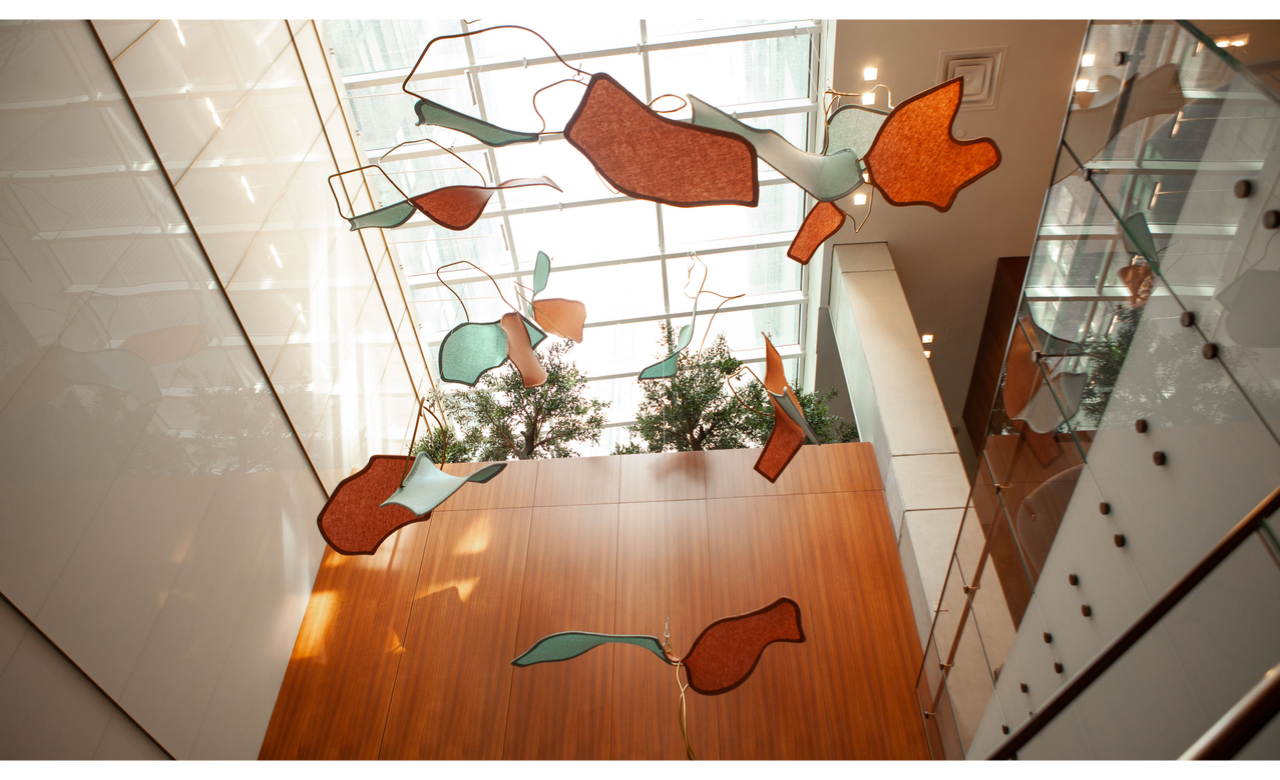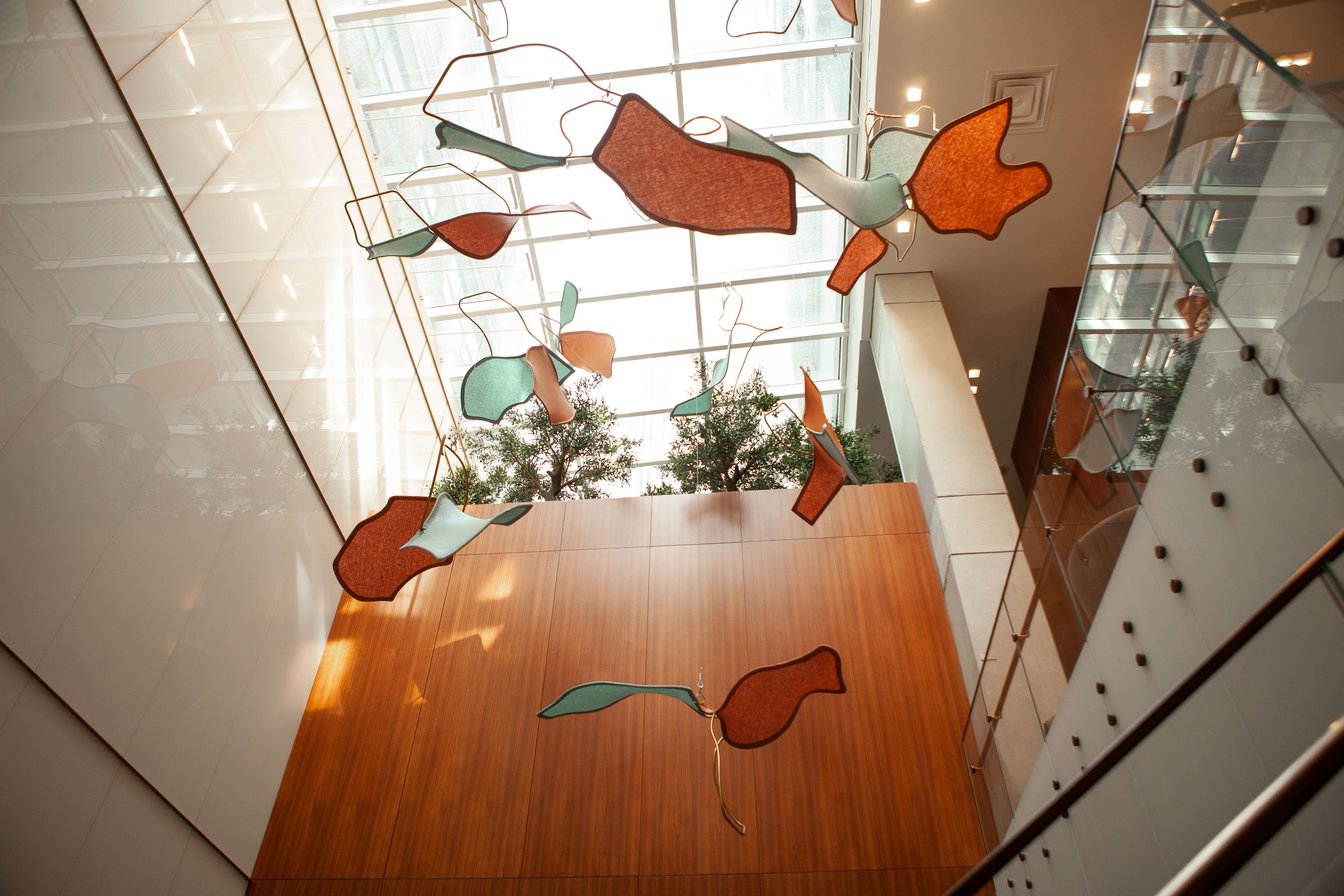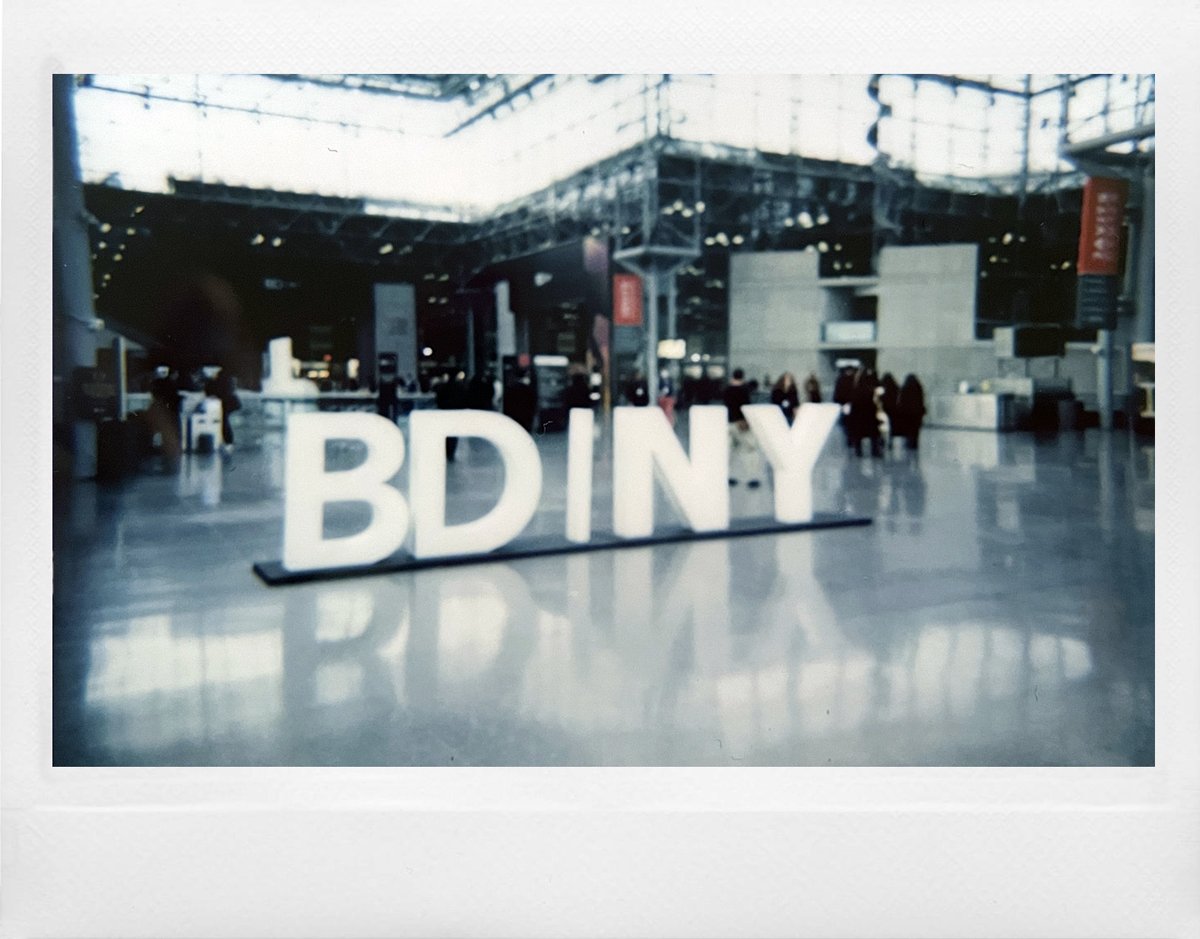At Indiewalls, we often talk about our home at the intersection of the art and design worlds. In fact, we’ve even incorporated this topic into our booth design at BDNY this year. (No spoilers though... you’ll have to come see it in person.)
In the following interview, Ari Grazi, Indiewalls’ co-founder and president, adds to the conversation about Indiewalls’ unique identity and shares his insights on where and how the company thrives.
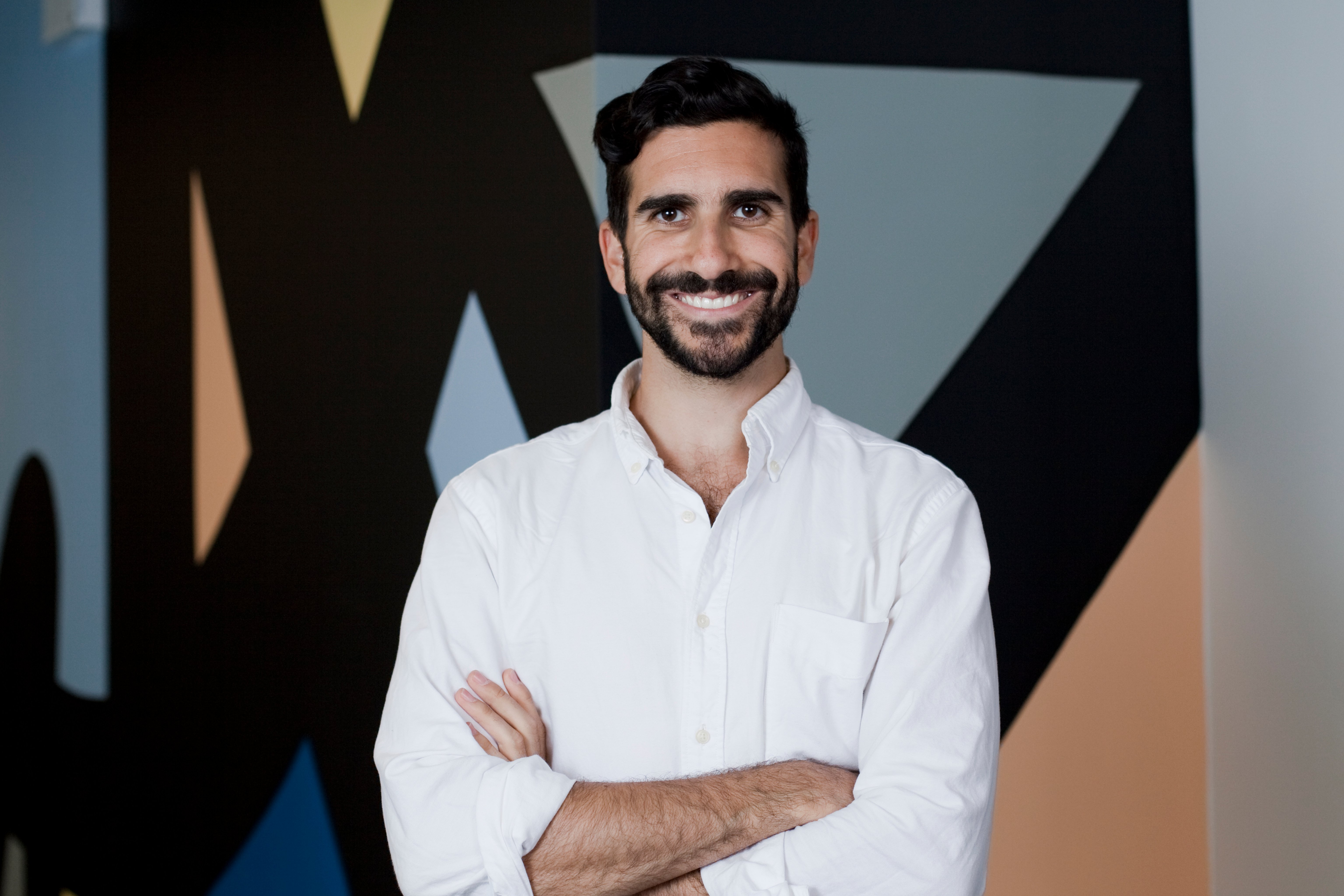 |
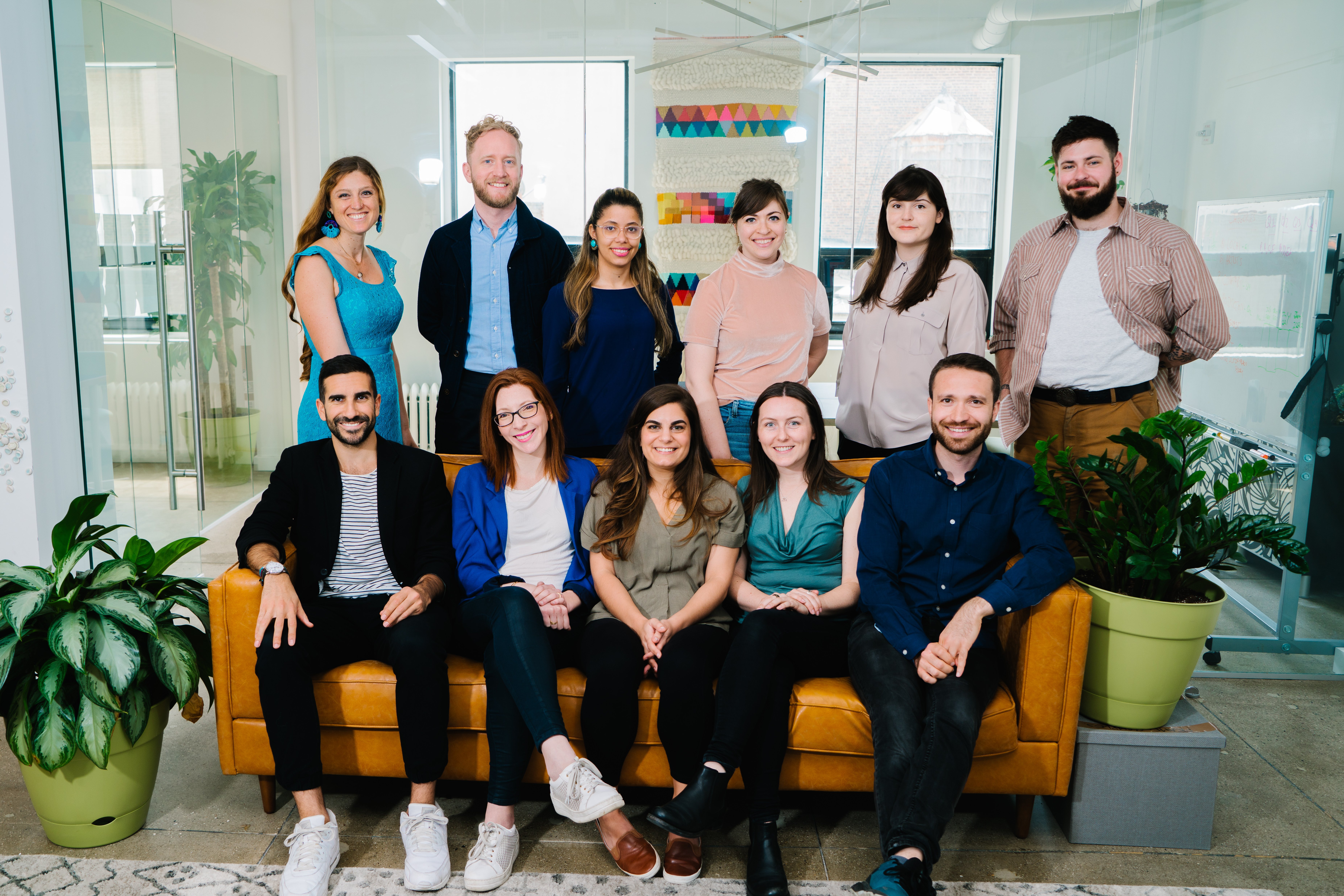 |
How would you describe the difference between an art vendor and an art consultant? And where does Indiewalls fit into that framework?
Typically, an art vendor has a limited number of pieces in their catalog, and their hope is that designers’ needs will align with these pieces. In some cases, Indiewalls can operate like this. A designer can go into our catalog, find the perfect artwork for their project, get in touch with us, and purchase it.
But more often than not, designers come to us and say, “We’re working on a new hotel, and artwork is incredibly important to the brand. We don’t know exactly what type of art will be best, but we want Indiewalls to develop the narrative, direction, and collection.”
In other words, designers come to us with more than just a list of artworks they want. They can share their dreams, their questions, and their challenges with the project. And this is where we begin our work as art consultants. We take the reins on curation from beginning to end, all while working in sync with designers to make sure the project’s needs are met.
So, art vendor and art consultant: Indiewalls can really do it all. But it sounds like the consulting side is where Indiewalls really shines. I know consulting often involves solving complex problems for clients. Can you tell us about a specific time when Indiewalls took on a particularly elaborate design challenge?
A great example is a project we did with Marriott for the AC Hotel in Times Square. When we were brought on, the hotel wasn’t even built yet, but they knew they wanted a free-floating sculpture installation that would be suspended in a three-story atrium space. Something that would feel really grand, but also kind of ethereal.
That sounds huge—both literally and as a design challenge. What was Indiewalls’ consulting process like in this case?
We pitched three artists to them, and one of them was pretty out of the box: an artist named Sarah West who primarily made jewelry. About a year prior, we had commissioned Sarah to do a small sculpture installation for a hotel in El Paso. This installation was based on her jewelry, but double or triple the size. We loved working with Sarah on this project and others, and we thought: if she can make her jewelry double its size, why not 100x its size?
And that’s just what she did. We worked with Sarah to custom commission a giant version of her jewelry: beautiful, freeform metal shapes connected by linen—a reference to the AC Hotel’s location near the Garment District in Manhattan—and hung them together to fill up the hotel’s atrium.
The whole project was logistically very complicated, but as I often tell designers: leave the really hard stuff to us. That’s where Indiewalls thrives. For the AC Hotel, there was lots of talking with the structural engineer, thinking about weight limitations, renting scissor lifts, coordinating with the rest of the hotel construction and installation. Things would change week to week, as they often do in our industry.
What were your favorite moments of working on this project?
We were able to create some great moments of connection between the client and the artist. We arranged a studio visit for the hotel owners to visit Sarah at her studio in North Carolina. They loved seeing her process, and she was able to really sell her work to them and potentially set the stage for a longer collaboration.
We savor this type of opportunity. Part of our mission is to create these connections in real life. How can we introduce designers to our favorite artists? How can we connect more artists with great design projects? Facilitating these relationships helps everyone to re-imagine what a project can be and what impact it can have.
Want to continue this conversation? Come say hi at BDNY (Booth #3260) or shoot us a line.

